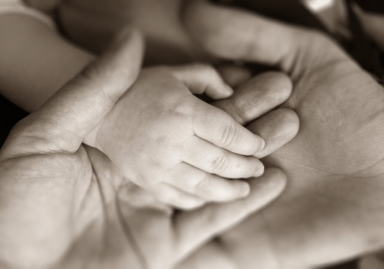Abuse of Child by Parents Does Not Relieve DSHS’s Duty to Investigate
Posted Tuesday, March 15, 2016 by Pivotal Law Group
 When someone acts negligently, and that negligence harms another, they are generally responsible for the harm caused. That is the essence of tort or injury law.
When someone acts negligently, and that negligence harms another, they are generally responsible for the harm caused. That is the essence of tort or injury law.
One exception to this rule is where there is a “superseding cause” of the harm—an independent, intervening act that breaks the chain of causation. Such an act “supersedes” the original negligence. This exception is based on the principle that to be legally responsible for causing a harm, the harm must be “reasonably foreseeable.” If an intervening act cannot reasonably be foreseen by the one who acted negligently, then the intervening act legally caused the harm, not the original act of negligence.
In the case of Albertson v. State of Washington, No. 45748-2-II, the Washington State Court of Appeals addressed whether abuse of a child by a parent “supersedes” negligent investigation by the Department of Social and Health Services (DSHS). The Court found that it did not.
In Albertson, DSHS was called to investigate the suspicious broken bone of a baby. The break was a spiral fracture, which typically is caused by twisting, pulling, or jerking. The baby also had injuries to his face. Hospital personnel thought the injuries were caused by abuse from the baby’s parents. After the investigation, DSHS returned the baby to his parents.
About a month later, the baby was brought back to the hospital with a skull fracture and brain injuries. The baby also had other skeletal fractures. These injuries caused the baby permanent physical and cognitive disabilities.
DSHS argued that the parents’ abuse was a “superseding cause” of the harm to the baby, so that DSHS was not legally responsible for the harm. The Court of Appeals disagreed. The Court noted that the harm caused to the baby was “precisely the kind of harm that would ordinarily occur as a result of a faulty or biased investigation of child abuse that results in a harmful placement decision by DSHS—further child abuse by the abuser.”
The Court did agree with DSHS that it had no duty to “conduct a reasonable investigation of a report of potential child abuse.” Instead, DSHS was negligent only if it conducted a “biased or incomplete investigation that results in a harmful placement decision.” The Court sent the case back for a new trial based on these principles.
This case re-affirms the principle that a person who acts negligently and causes harm isn’t “let off the hook” just because another also contributed to that harm, and even intentionally caused that harm. Where the harm is precisely the kind that should have been prevented but was not, it is still “foreseeable,” and the person can still be held liable for having caused it.
Photo Credit: FreeImages.com/XenoLV426-61045